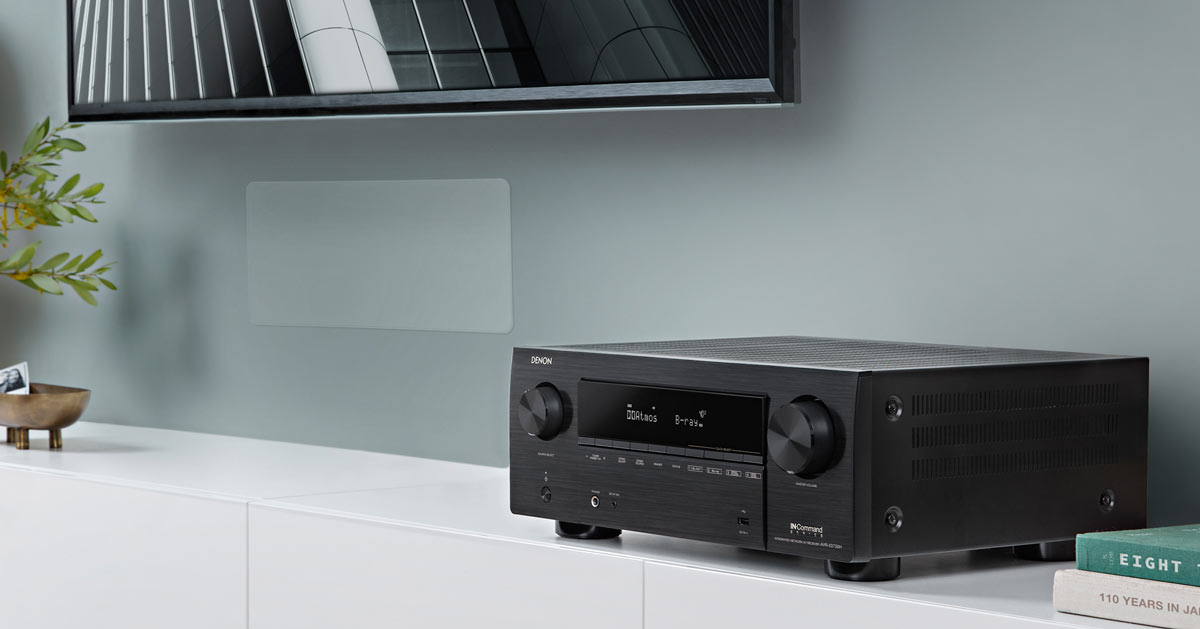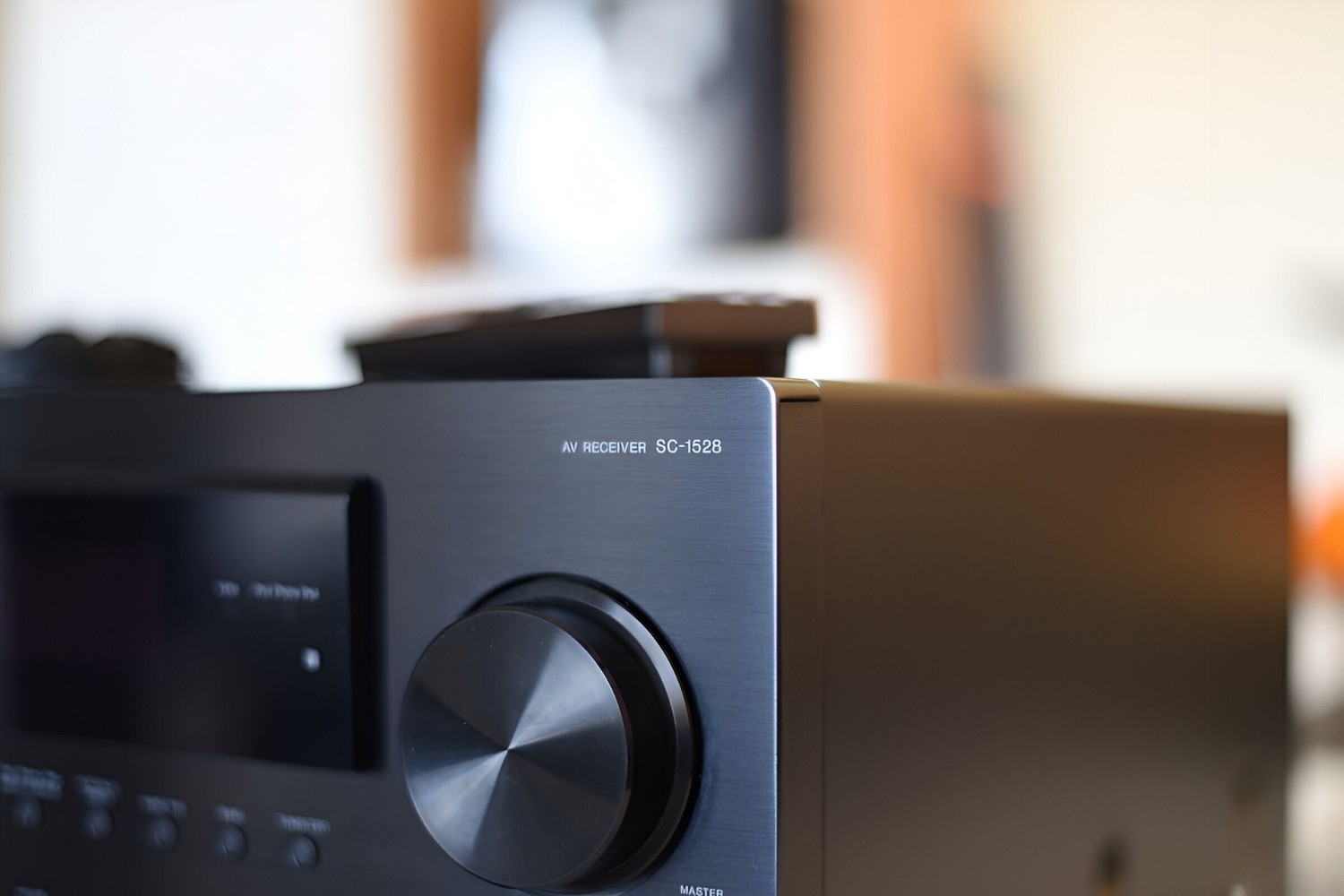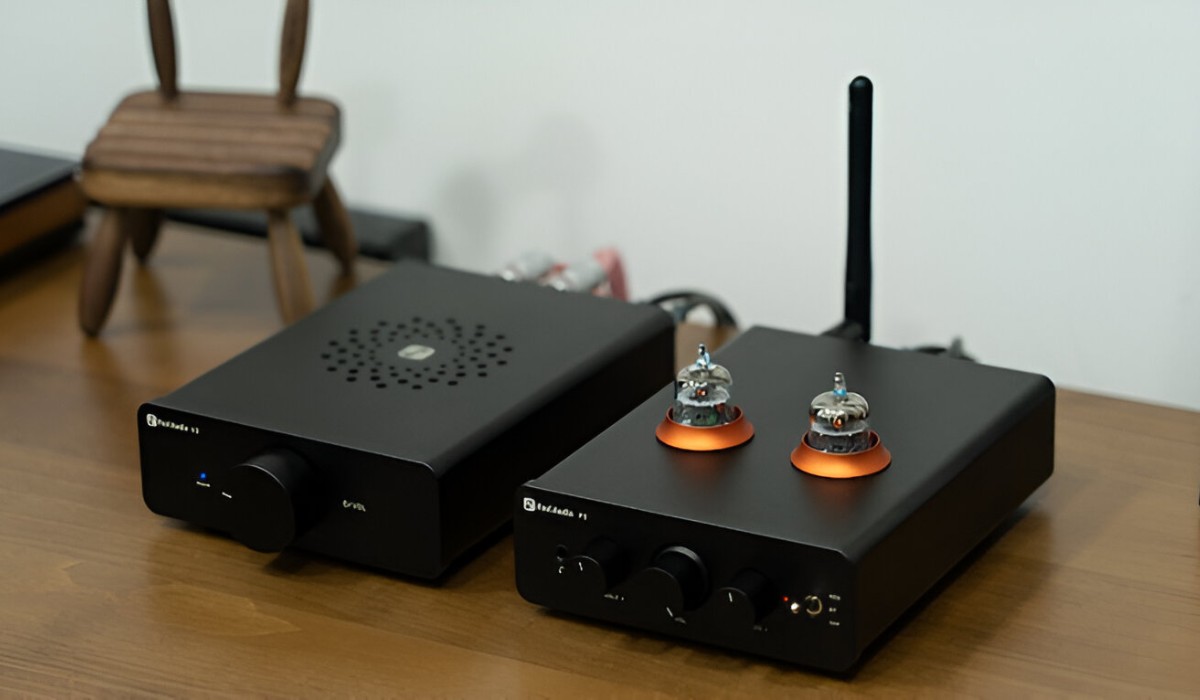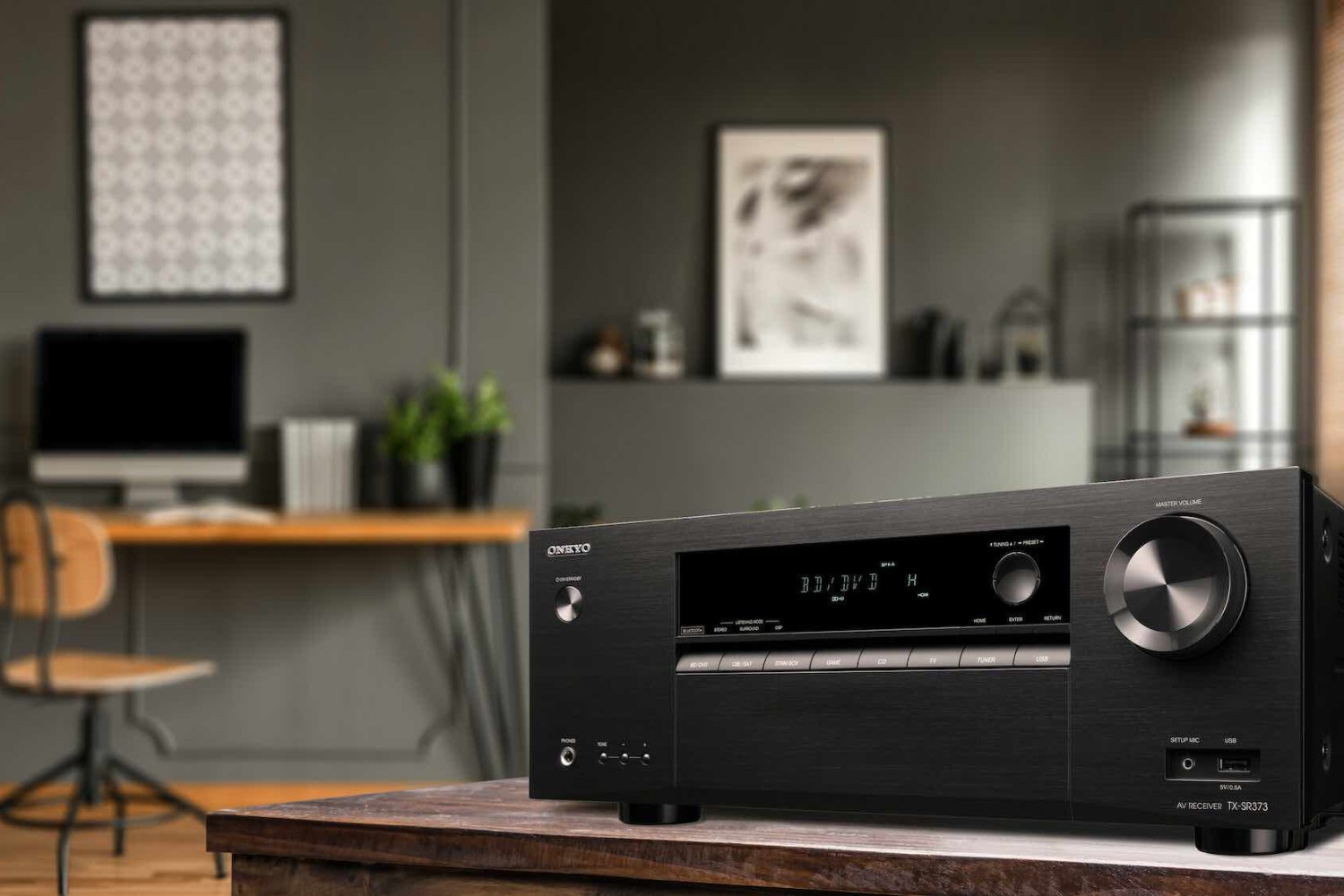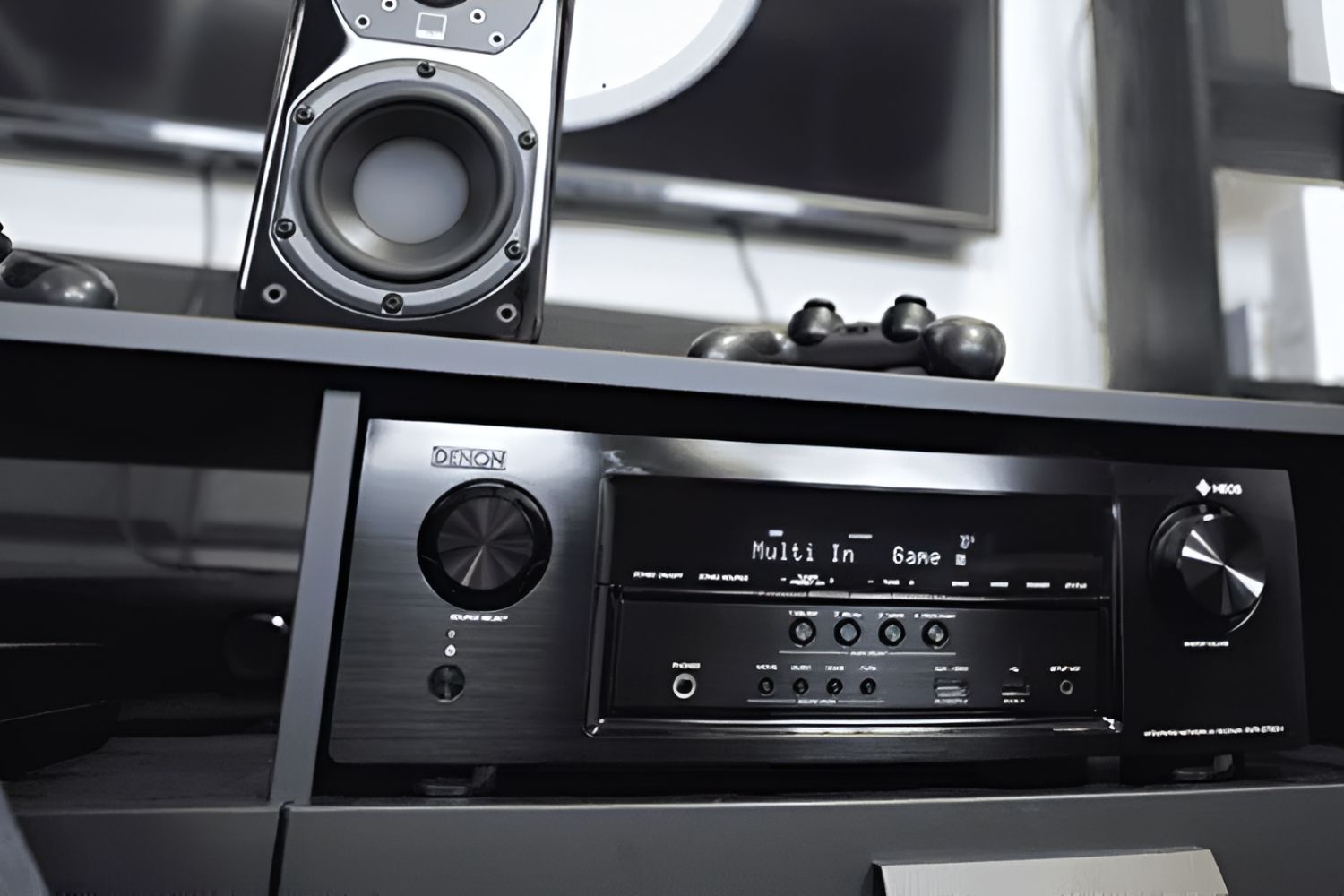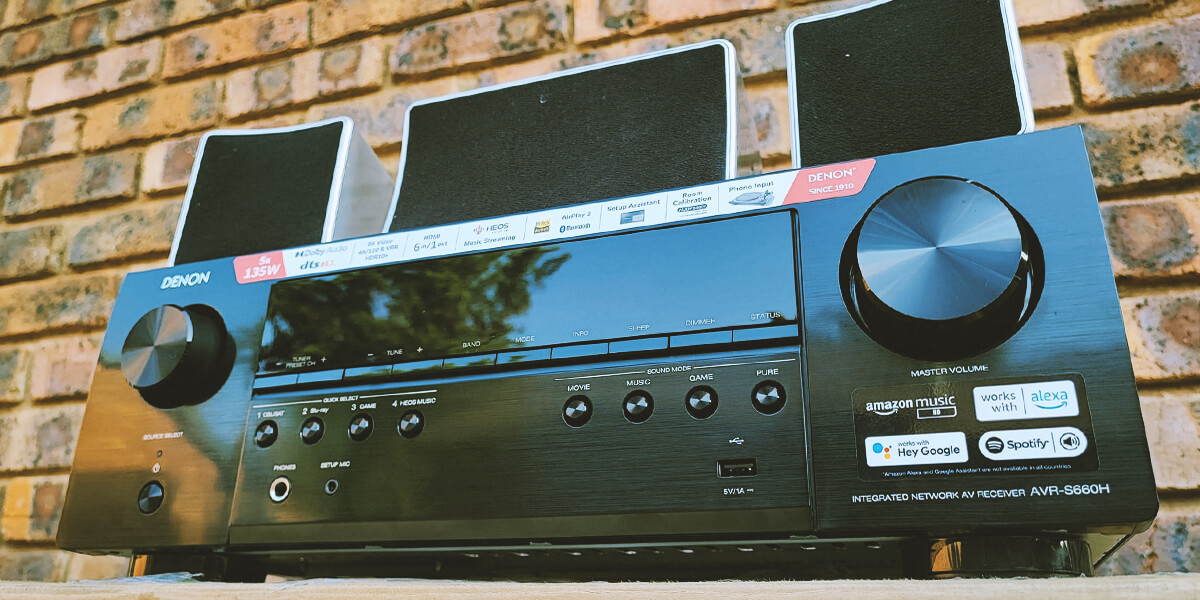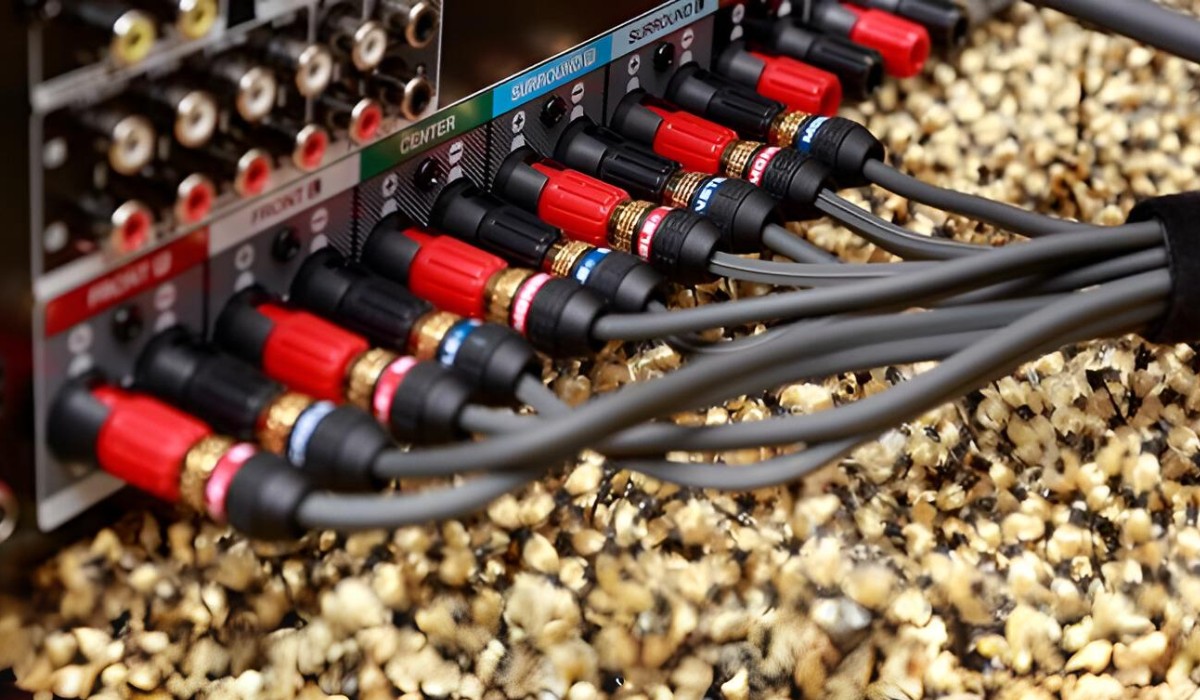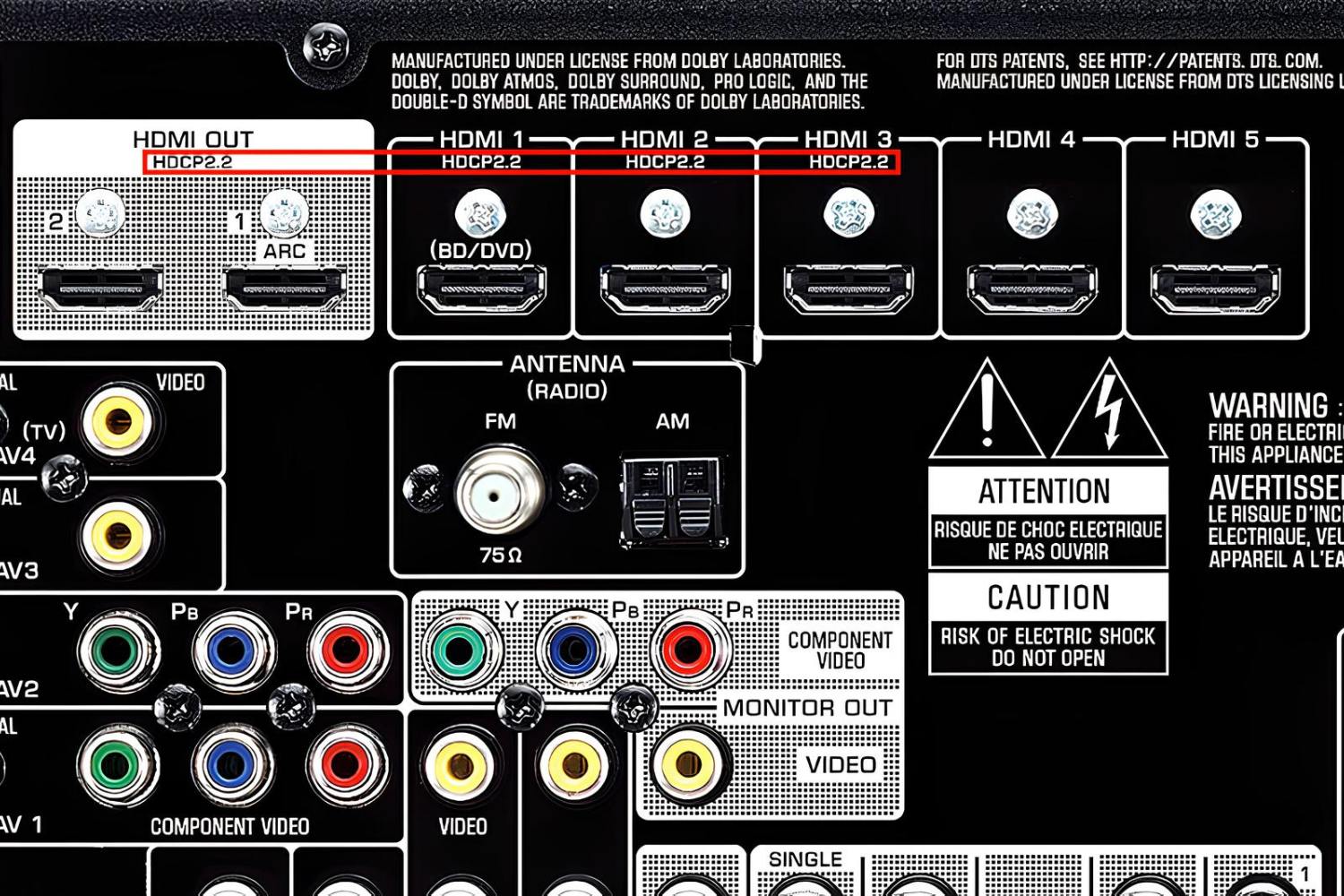Introduction
Streaming video to an AV receiver allows you to enjoy high-quality audio and video content from various online platforms on your home entertainment system. This modern method of content delivery provides convenience and flexibility, enabling you to access a wide range of entertainment options without the need for physical media. Whether you want to stream movies, TV shows, music, or online videos, setting up video streaming to your AV receiver can significantly enhance your home entertainment experience.
With the increasing popularity of streaming services and the widespread availability of high-speed internet, more and more people are opting for streaming as their primary source of entertainment. By leveraging the capabilities of your AV receiver and a compatible streaming device, you can transform your living room into a multimedia hub, giving you access to an extensive library of content at your fingertips.
In this guide, we will explore the process of streaming video to an AV receiver, covering everything from selecting the right streaming device to troubleshooting common issues. Whether you are a tech-savvy enthusiast or a casual user looking to harness the power of streaming, this comprehensive overview will provide you with the knowledge and confidence to set up and optimize your streaming experience seamlessly.
Streaming video to your AV receiver opens up a world of possibilities, allowing you to enjoy a cinematic audio-visual experience from the comfort of your home. By following the steps outlined in this guide, you can unlock the full potential of your AV receiver and immerse yourself in the captivating world of online entertainment. Let's delve into the exciting realm of streaming and discover how to harness its capabilities to elevate your home entertainment setup.
Choosing the Right Streaming Device
When it comes to streaming video to your AV receiver, selecting the right streaming device is crucial for ensuring seamless compatibility and optimal performance. With a wide array of streaming devices available in the market, each offering unique features and capabilities, it’s essential to consider your specific requirements and preferences before making a decision.
Here are some key factors to consider when choosing a streaming device:
- Compatibility: Ensure that the streaming device you choose is compatible with your AV receiver. Look for devices that support the necessary audio and video output formats to ensure a seamless connection.
- Streaming Services: Consider the streaming services you want to access. Choose a streaming device that offers a wide range of supported streaming platforms, including popular services such as Netflix, Hulu, Amazon Prime Video, and more.
- 4K and HDR Support: If you have a 4K HDR-capable TV and AV receiver, opt for a streaming device that supports high-resolution and HDR content for an enhanced viewing experience.
- User Interface: Evaluate the user interface and ease of navigation offered by the streaming device. A user-friendly interface can significantly enhance your overall streaming experience.
- Wireless Connectivity: Consider whether you prefer a wireless streaming device or one that offers wired connectivity options. Evaluate the Wi-Fi capabilities and Ethernet connectivity for reliable streaming performance.
- Additional Features: Explore additional features such as voice control, app support, and smart home integration to determine which streaming device aligns with your preferences and home entertainment setup.
By carefully assessing these factors, you can narrow down your options and make an informed decision when selecting a streaming device that complements your AV receiver and entertainment needs.
Keep in mind that popular streaming devices such as Apple TV, Roku, Amazon Fire TV, and Google Chromecast offer a diverse range of features and functionalities, catering to different user preferences and requirements. Whether you prioritize app availability, voice control, or seamless integration with your existing smart home ecosystem, there’s a streaming device tailored to meet your specific needs.
Choosing the right streaming device sets the foundation for a rewarding streaming experience, allowing you to harness the full potential of your AV receiver and access a wealth of entertainment content with ease. With the right device in place, you can proceed to the next crucial step: connecting the streaming device to your AV receiver.
Connecting the Streaming Device to Your AV Receiver
Once you have selected the appropriate streaming device, the next step is to establish a seamless connection between the device and your AV receiver. This crucial link ensures that the audio and video signals from the streaming device are transmitted to your AV receiver, allowing you to enjoy high-quality sound and visuals on your home entertainment system.
Here’s a step-by-step guide to connecting your streaming device to your AV receiver:
- Identify the AV Inputs: Locate the available audio and video input ports on your AV receiver. Common input options include HDMI, optical audio, and analog audio connections.
- Choose the Connection Method: Depending on the capabilities of your streaming device and AV receiver, decide on the most suitable connection method. HDMI is often the preferred choice for transmitting both audio and video signals in a single cable, providing a convenient and high-quality connection.
- Connect the HDMI Cable: If your streaming device and AV receiver support HDMI connectivity, use an HDMI cable to establish the connection. Simply plug one end of the HDMI cable into the HDMI output port of the streaming device and the other end into an available HDMI input port on your AV receiver.
- Configure Audio Settings: Once the physical connection is in place, access the audio settings on your streaming device and AV receiver to ensure that the audio output is directed to the AV receiver. This step may involve selecting the appropriate audio output format and configuring the audio settings within the streaming device’s menu.
- Power On and Test: Power on your streaming device and AV receiver, and select the corresponding input on your AV receiver to receive the audio and video signals from the streaming device. Test the setup by playing a sample video or audio content to verify that the signals are being transmitted effectively.
By following these steps, you can establish a reliable and efficient connection between your streaming device and AV receiver, enabling you to seamlessly stream audio and video content to your home entertainment system.
It’s important to note that some streaming devices may offer additional connectivity options, such as optical audio or analog audio outputs, which can be used to connect to the corresponding input ports on your AV receiver if HDMI connectivity is not available or preferred.
Once the connection is established, you are ready to proceed with setting up the streaming service on your chosen device, allowing you to access a diverse range of entertainment content with the full audio-visual capabilities of your AV receiver.
Setting Up the Streaming Service
After successfully connecting your streaming device to your AV receiver, the next essential step is to set up the streaming service on your chosen device. This process involves configuring the streaming device to access and stream content from your preferred online platforms, such as Netflix, Hulu, Amazon Prime Video, and more. By completing the setup, you can seamlessly access a vast library of movies, TV shows, music, and other media content through your AV receiver, transforming your home entertainment experience.
Here’s a guide to setting up the streaming service on your device:
- Power On and Access the Menu: Ensure that your streaming device and AV receiver are powered on. Access the menu or home screen of your streaming device using the provided remote control or interface.
- Install and Launch the Streaming Apps: Navigate to the app store or dedicated section on your streaming device to install the desired streaming apps, such as Netflix, Hulu, or Amazon Prime Video. Once installed, launch the apps to proceed with the setup process.
- Sign In or Create an Account: If you already have accounts with the streaming services, sign in using your credentials. For new users, follow the on-screen prompts to create an account and sign up for the desired streaming services.
- Activate and Authorize: Some streaming services may require activation or authorization through a web browser on a separate device. Follow the provided instructions to complete the activation process and link your streaming accounts to the device.
- Customize Preferences: Explore the settings and preferences within each streaming app to customize your viewing experience. This may include setting up profiles, adjusting video playback settings, and enabling parental controls if needed.
- Explore Content and Start Streaming: Once the setup is complete, browse through the available content within the streaming apps and start streaming your favorite movies, TV shows, and music directly through your AV receiver.
By following these steps, you can seamlessly set up the streaming service on your device, granting you access to a vast array of entertainment content with the full audio-visual capabilities of your AV receiver.
It’s important to note that some streaming devices offer additional features such as voice search, content recommendations, and cross-platform integration, further enhancing the overall streaming experience. Explore the available features and functionalities within your streaming device to maximize the potential of your home entertainment setup.
With the streaming service successfully set up, you are now ready to immerse yourself in a world of entertainment, enjoying high-quality audio and video content directly through your AV receiver.
Troubleshooting and Tips for Smooth Streaming
While streaming video to your AV receiver can significantly enhance your home entertainment experience, occasional technical issues or performance challenges may arise. Understanding common troubleshooting steps and implementing tips for smooth streaming can help you overcome potential obstacles and optimize your streaming setup.
Here are some troubleshooting tips and recommendations for achieving smooth streaming:
- Check Network Connectivity: Ensure that your streaming device and AV receiver are connected to a stable and reliable network. If using a wireless connection, consider optimizing your Wi-Fi signal strength or utilizing wired Ethernet connectivity for improved stability.
- Update Firmware and Apps: Regularly check for firmware updates for your streaming device and AV receiver, as well as updates for the installed streaming apps. Keeping the software up to date can address performance issues and compatibility concerns.
- Optimize Video Resolution: If you encounter buffering or playback issues, consider adjusting the video resolution settings within the streaming apps to match the capabilities of your internet connection and AV receiver. Lowering the resolution can improve streaming stability.
- Manage Device Placement: Ensure that your streaming device and AV receiver are positioned in a well-ventilated area with sufficient airflow to prevent overheating. Avoid placing the devices in enclosed spaces or near heat sources.
- Reset and Reboot: If experiencing persistent issues, perform a reset or reboot of your streaming device and AV receiver. This can help clear temporary glitches and restore optimal functionality.
- Opt for Quality Cables: Use high-quality HDMI cables and audio cables for connecting your streaming device to your AV receiver. Poor-quality cables can lead to signal degradation and impact the overall streaming experience.
- Manage Bandwidth Usage: If multiple devices are connected to your home network, consider managing bandwidth usage to prioritize streaming traffic. Quality of Service (QoS) settings on your router can help allocate sufficient bandwidth for streaming.
By implementing these troubleshooting tips and best practices, you can address potential challenges and ensure a smooth streaming experience, allowing you to fully enjoy the audio-visual capabilities of your AV receiver.
Furthermore, exploring advanced settings within your streaming device and AV receiver, such as audio output configurations, surround sound settings, and audio/video synchronization adjustments, can further enhance the overall streaming performance and tailor the experience to your preferences.
By staying proactive and informed, you can maintain an optimized streaming setup, unlocking the full potential of your AV receiver and enjoying seamless access to a diverse range of entertainment content.







